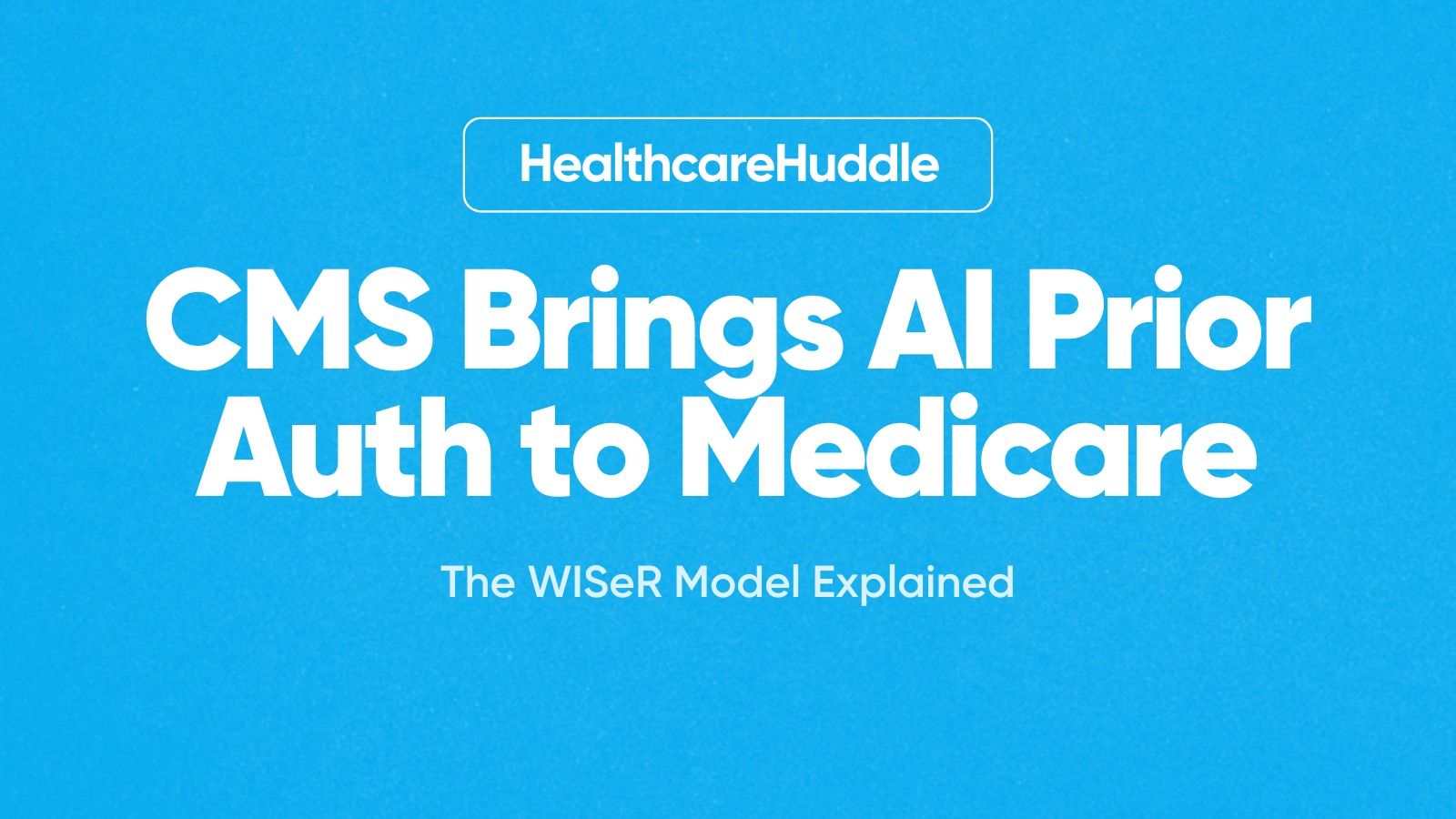Transformative AI refers to artificial intelligence tools that address the root cause of a problem or bottleneck in a system, rather than simply automating an existing inefficient process. This distinction matters because not all AI creates the same value—some AI transforms how work gets done, while other AI just makes broken processes faster.
For example, an AI tool that automates prior authorization requests is efficiency AI—it speeds up a fundamentally broken process. A tool that eliminates the need for prior authorization altogether by redesigning how medical necessity gets verified would be transformative AI.
What is Transformative AI?
Transformative AI redesigns workflows and systems to solve underlying problems. Instead of optimizing around existing constraints, it removes the constraints entirely. This type of AI typically:
Redesigns how different parts of a system communicate
Removes bottlenecks rather than working around them
Changes the structure of work, not just the speed
How Does Transformative AI Compare to Efficiency AI?
The key difference lies in what the AI optimizes:
Efficiency AI makes existing processes faster or cheaper without changing the underlying system. It automates manual tasks, speeds up workflows, and reduces labor costs. Examples include AI that auto-fills forms, schedules appointments, or generates documentation faster.
Transformative AI redesigns the process itself to eliminate the need for that work in the first place. It questions why the process exists and whether it could be done differently. Examples might include AI that eliminates the need for certain forms by extracting data automatically, or tools that prevent scheduling conflicts by redesigning how appointments are managed.
Why Does This Distinction Matter in Healthcare?
Healthcare is full of inefficient processes that exist for historical or regulatory reasons, not because they represent the best way to deliver care. Deploying efficiency AI on these processes can make them faster, but it doesn't solve the underlying dysfunction.
Transformative AI has the potential to actually fix broken systems—reducing administrative burden, improving care coordination, and closing gaps where patients fall through the cracks. But it requires rethinking how healthcare delivery works, not just automating what already exists.
How Can You Identify Transformative AI?
Ask these questions:
Does this tool eliminate work, or just make it faster?
Does it redesign the system, or optimize around existing constraints?
Does it solve the root cause of the problem, or treat the symptom?
Would this change how we fundamentally think about this workflow?
If the answer is "yes" to these questions, you're likely looking at transformative AI rather than efficiency AI.
Conclusion
Both types of AI have value, but transformative AI has the potential to create lasting change in how healthcare operates. As you evaluate AI tools, consider whether they're automating inefficiency or eliminating it. The distinction will determine whether AI truly transforms healthcare or just makes our broken systems run faster.

Check out more exclusive coverage with a Huddle+ subscription.
Read personalized, high-quality content that helps healthcare providers lead in digital health, policy, and business. Become a Huddle+ member here.






